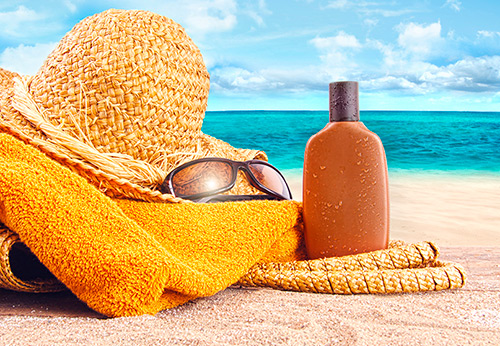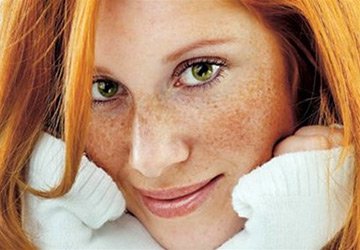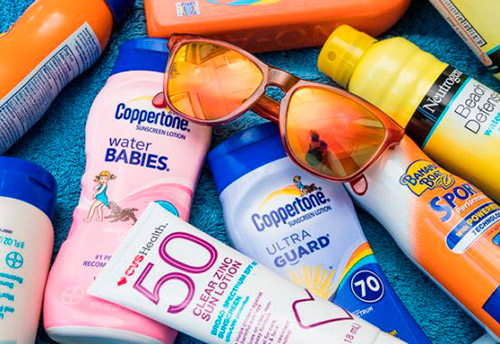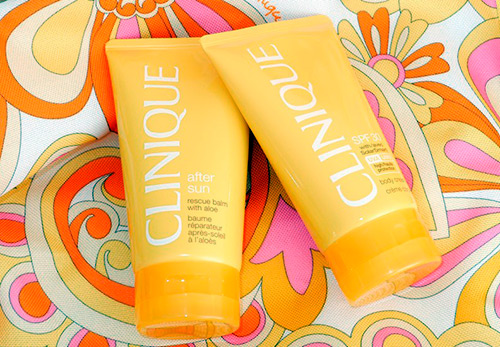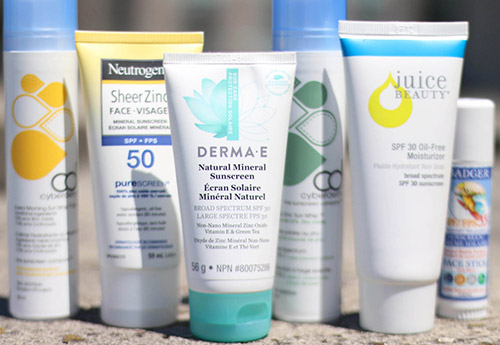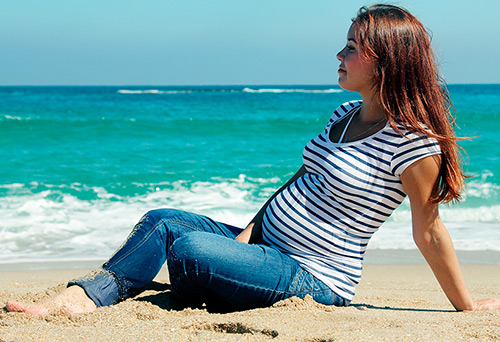Cosmetology
Photoaging of the skin under sun exposure
Those who live in the south have experienced and are experiencing the merciless rays of the sun, without which there can be no life on earth, because photoaging is a real threat for them. People living in northern countries cannot or even do not want to believe it.
Signs of photoaging are thickening of the stratum corneum, the appearance of age spots, collagen degradation. Look at the faces of Australian farmers or South American Indians for a vivid illustration of photoaging.
The sun emits light in the wavelength range of 200nm and above. The solar spectrum is considered in three areas - the UKF range (200 - 400nm), visible light (400 - 700nm), which our eyes perceive, and infrared radiation (more than 700nm), the rays of which are perceived by us as heat. Rays with a wavelength of 400nm are the ultraviolet radiation that plays an extremely important role in the life of living organisms.
In the range of less than 400nm, 3 regions can be distinguished - UV-A, UV-B, UV-C.

The shortest UV-C rays with a length of 200-290nm. They are also the most dangerous, as they have high energy, but, fortunately, they linger in the stratosphere.
UV-B rays are from 290nm to 320nm in length. They penetrate through the ozone layer of the Earth, and in human skin through the epidermis. It is they that cause damage in the form of skin burns (erythema).
UV-A rays have a length of 320 to 400nm. They have the lowest energy, but the damage they cause is no less dangerous to humans than from UV-B. They can penetrate deeply into the skin, deeper than UV-B rays, penetrate even into the depths of the sea, and it is with them that many skin processes are associated, and as a result - diseases, including photoaging.
The intensity of UV rays depends on the distance traveled from the Sun. That is why you can get a tan much faster in the mountains and southern regions of the Earth. When passing through the atmosphere, the intensity of UV rays drops by about 20% every 1000m of path. On a cloudy, cloudy day, the intensity of UV rays is also reduced by almost 2 times compared to clear days. But in the mountains and at sea on clear days, in addition to direct radiation, the reflection from snow or water is also added. Therefore, it becomes easier to earn a sunburn.
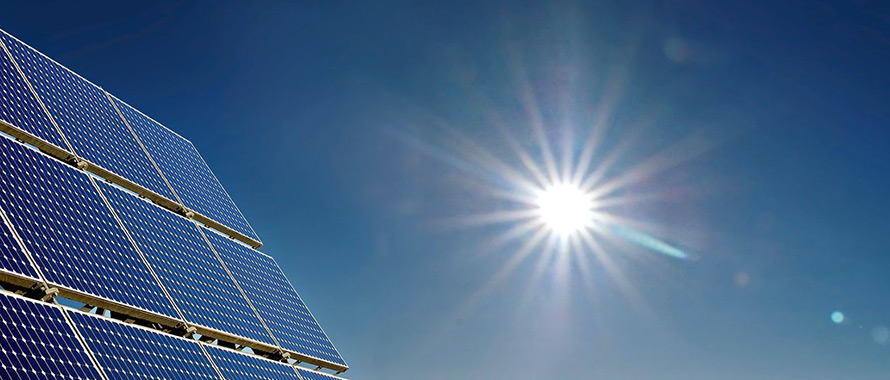
The tanning process is still not well understood. It is known that due to the lack of ultraviolet radiation, the production of vitamin D decreases, the absorption of calcium, and the skin fibers become flabby. In other words, are the sun's rays useful? Yes, but not to the extent that we try to get them by sunbathing on the beach.
In modern society, tanning is a sign of health. But it is not so. Sunburn is a protective reaction of the skin to damage. Melanin is produced in the skin, which acts as a natural UV filter. The more intense the UV radiation, the more melanin is produced in the body, the darker our skin becomes. Thickening of the epidermis and stratum corneum occurs. A characteristic sign of photoaging are both vascular "stars" and dark spots.
Sun sensitivity can be increased due to recent cosmetic procedures (laser resurfacing, peeling, dermabrasion, hair removal). Sometimes taking certain medications, including antidepressants, as well as some essential oils or cosmetic components, can increase sensitivity.
It has already been proven that photoaging occurs from exposure to UV-A rays, and sunburn of the skin from UV-B rays. If the agent used only protects against UV-B rays, then you can enjoy the sun for a long time, but the reckoning will still follow, since UV-A rays penetrate deep into the skin and damage the dermal layer. Therefore, sunscreens must provide protection against UV-A and UV-B rays.
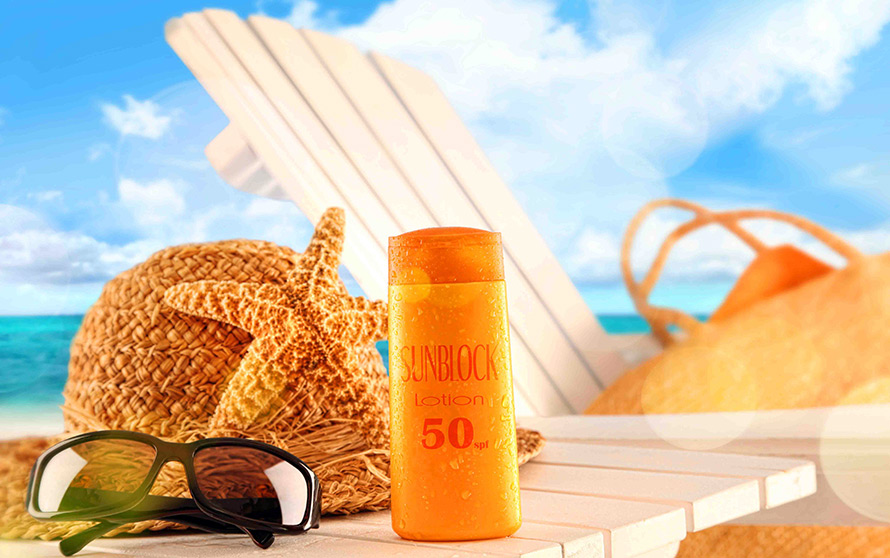
Sunscreens are labeled with a UV-B factor. Previously, the parameters of the effectiveness of sunscreens were one thing - going to the beach, most wanted to sunbathe as long as possible without getting sunburned. Therefore, SPF (sun protection factor) shows the degree of protection against UV-B rays, or how many times the DER of protected skin is higher than the DER of unprotected skin. MED is the minimum erythemal dose, or radiation dose that causes the minimum visible redness (erythema) to the eye, which occurs approximately 24 hours after exposure.
For example, SPF20 does not mean that this product will allow you to tan 20 times longer than usual. All people have a different time of erythema onset, because we have different health and belong to different phototypes. And besides this, the effectiveness of the product depends on what layer you applied it, how quickly it is washed off when it comes into contact with water, and on many other factors. Therefore, the SPF factor provides some benchmark for assessing the effectiveness of a product, without fully guaranteeing it.
The sun, like oxygen, is both a source of life and a threat to living cells. It is not just UV rays that are harmful, but their excess. In northern countries, the daily use of sunscreen is necessary only for those for whom UV is contraindicated. In the southern regions, one should not only apply sunscreenbut also to reduce sun exposure.
If you use sunscreen, some of the UV rays still penetrate the skin, and free radicals appear, which have already been discussed more than once. Therefore, a great help to the body will be the use of antioxidants contained in vegetables and fruits, as well as dietary supplements. Also, use sunscreen as you get out after swimming. This will make up for what will be washed out into the sea.
The most dangerous sun rays are from 11 to 15 hours. Therefore, get up early and go to the half-empty beach, and come later in the afternoon, then stay healthy and enjoy your vacation.
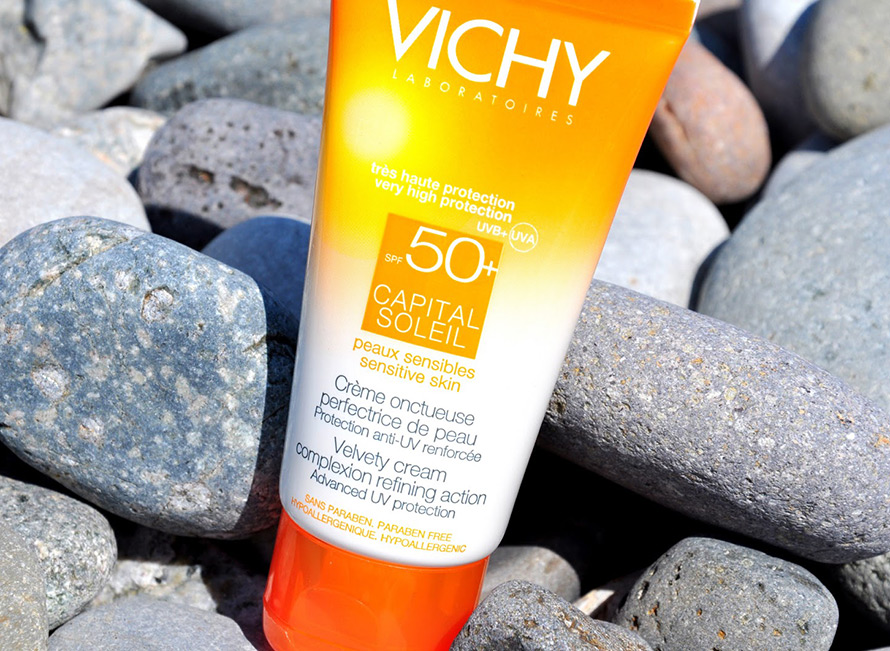
Comments and Reviews
Add a comment
Rating news
Shades of clothing that make women look younger
What shades of hair make women younger: rules and photos
Funny wedding dresses - photos and ideas
12 most expensive down jackets for the winter
How to look 25 at 40: tips from supermodels
Beautiful schoolgirls
Anti-aging haircuts and hairstyles for women
Fashionable skirts for autumn and winter
Fashionable women's trousers for the cold season
Fashionable and stylish sandals for summer 2024
Spring-summer 2024
 Fashionable dresses and tops with thin spaghetti straps
Fashionable dresses and tops with thin spaghetti straps
 Bandana tops: how to wear stylishly and beautifully
Bandana tops: how to wear stylishly and beautifully
 How to put together the perfect men's wardrobe for the summer
How to put together the perfect men's wardrobe for the summer
 Trendy shorts for spring-summer 2024
Trendy shorts for spring-summer 2024
 Fashionable skirts for spring-summer 2024: a guide to online shopping
Fashionable skirts for spring-summer 2024: a guide to online shopping
 The most fashionable dresses spring-summer 2024: styles and colors
The most fashionable dresses spring-summer 2024: styles and colors
 Fashionable total look 2024: image ideas and trends
Fashionable total look 2024: image ideas and trends
